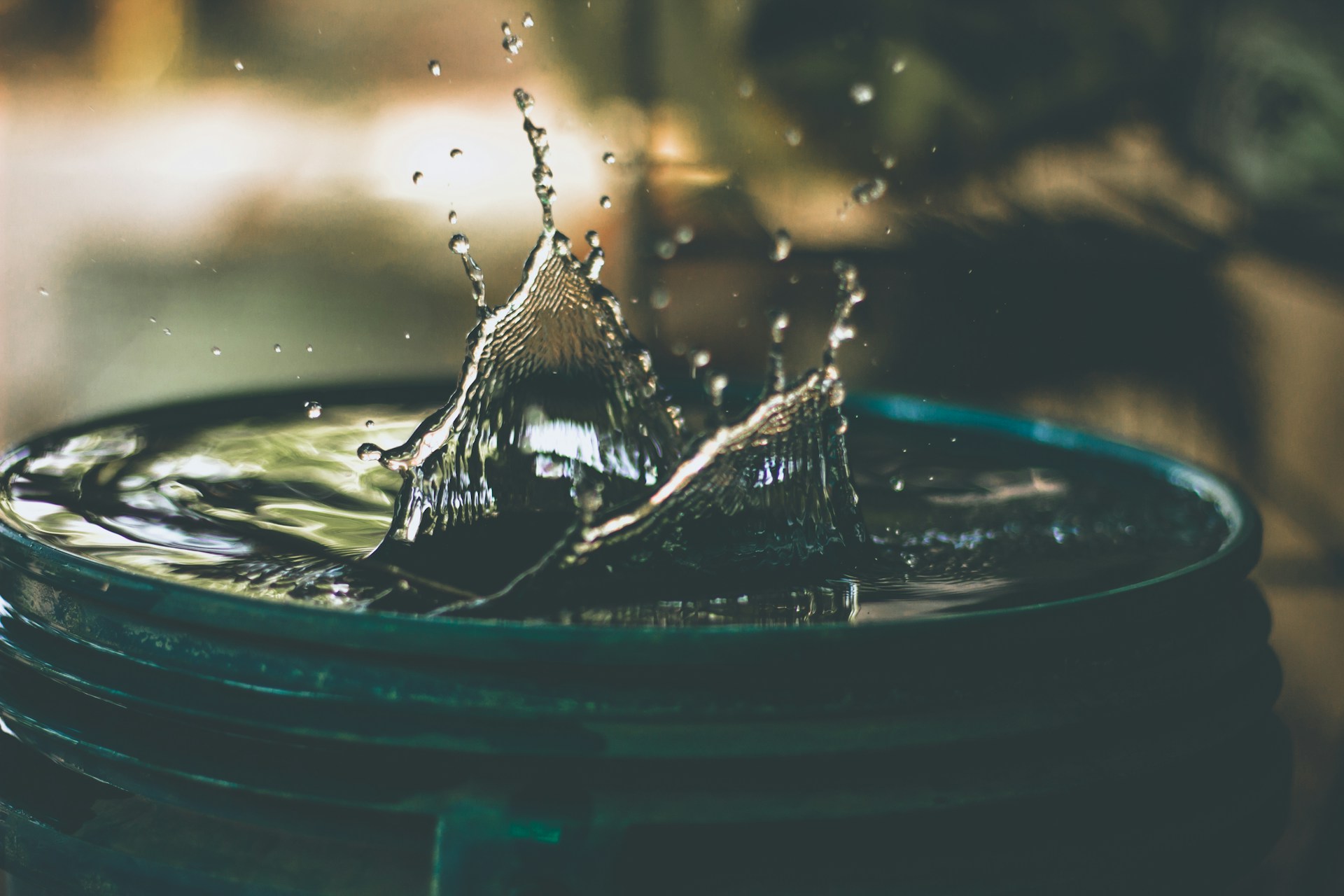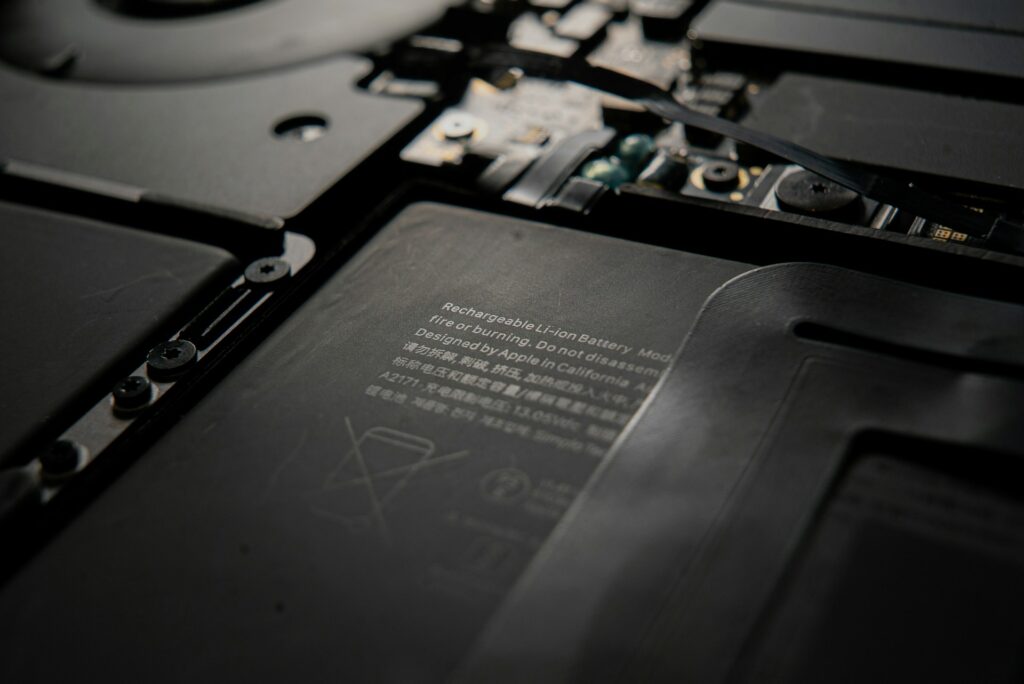Researchers have made some advancements in water remediation through with the development of molecular nanocages that remove up to 90% of per- and polyfluoroalkyl substances (PFAS) from water. The research which was conducted through a collaborative effort via the University of Buffalo, was published in ACS ES&T Engineering and can be found below:
Sanchez-Lievanos, K. R., Zhang, D., Simpson, S. M., Wijayahena, M. K., Rizzo, G., Aguilar, J. M. N., Abaya, L. M., Dovi, J. M., Sirotkin, H. I., Crawley, M. R., Cook, T. R., & Aga, D. S. (2025). Synthesis and Evaluation of Cationic Porphyrin-Based Organic Nanocages for the Removal of 38 PFAS from Water: Experimental, Theoretical, and Eco-toxicological Insights. ACS ES&T Engineering, 5(3), 701–713. https://doi.org/10.1021/acsestengg.4c00639
PFAS, also known as “forever chemicals” due to their persistent nature, have been used in products ranging from nonstick cookware to food packaging. Their resistance to degradation has made their removal from water systems difficult and expensive. Methods, such as activated carbon filtration, have often struggled with low selectivity and efficiency when it comes to these compounds.
The new filtration system capitalises on the unique properties of porphyrin-based molecular nanocages. According to the study, these nanocages have been engineered to selectively extract PFAS from groundwater and sewage with approximately 90% removal from pretreated water and 80% in more difficult, untreated samples.
The use of nanostructured materials to overcome the limitations of conventional water treatment technologies has been a technology that has been widely investigated. The porphyrin molecules used in the nanocages offer strong structural stability and high selectivity; properties required to capture a wide range of PFAS compounds. The current system minimises interactions with non-target compounds, hence preserving water quality while effectively removing toxic PFAS. Samy El-Shall, a program director in the NSF Division of Chemistry stated:
“Porphyrin-based nanocages offer a potentially practical solution to the challenges of PFAS removal, the material can also be mass-produced at scale, and the cages are modifiable to remove PFAS only while leaving other water contents alone.”
A research team at the University at Buffalo, supported by the National Science Foundation, spearheaded the work with contributions from principal investigator Karla R. Sanchez-Lievanos and strategic guidance from NSF program director Samy El-Shall.

Hassan graduated with a Master’s degree in Chemical Engineering from the University of Chester (UK). He currently works as a design engineering consultant for one of the largest engineering firms in the world along with being an associate member of the Institute of Chemical Engineers (IChemE).



